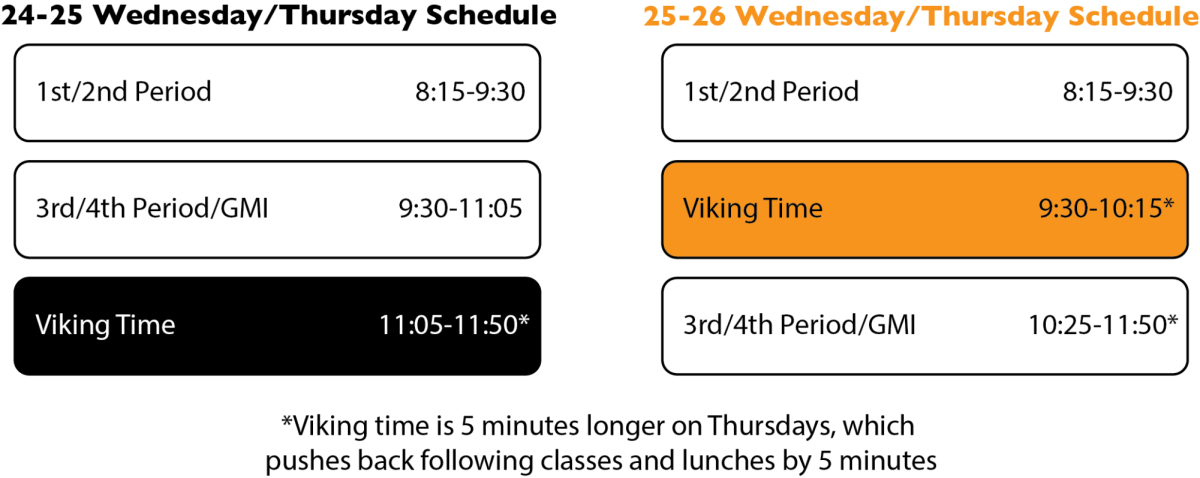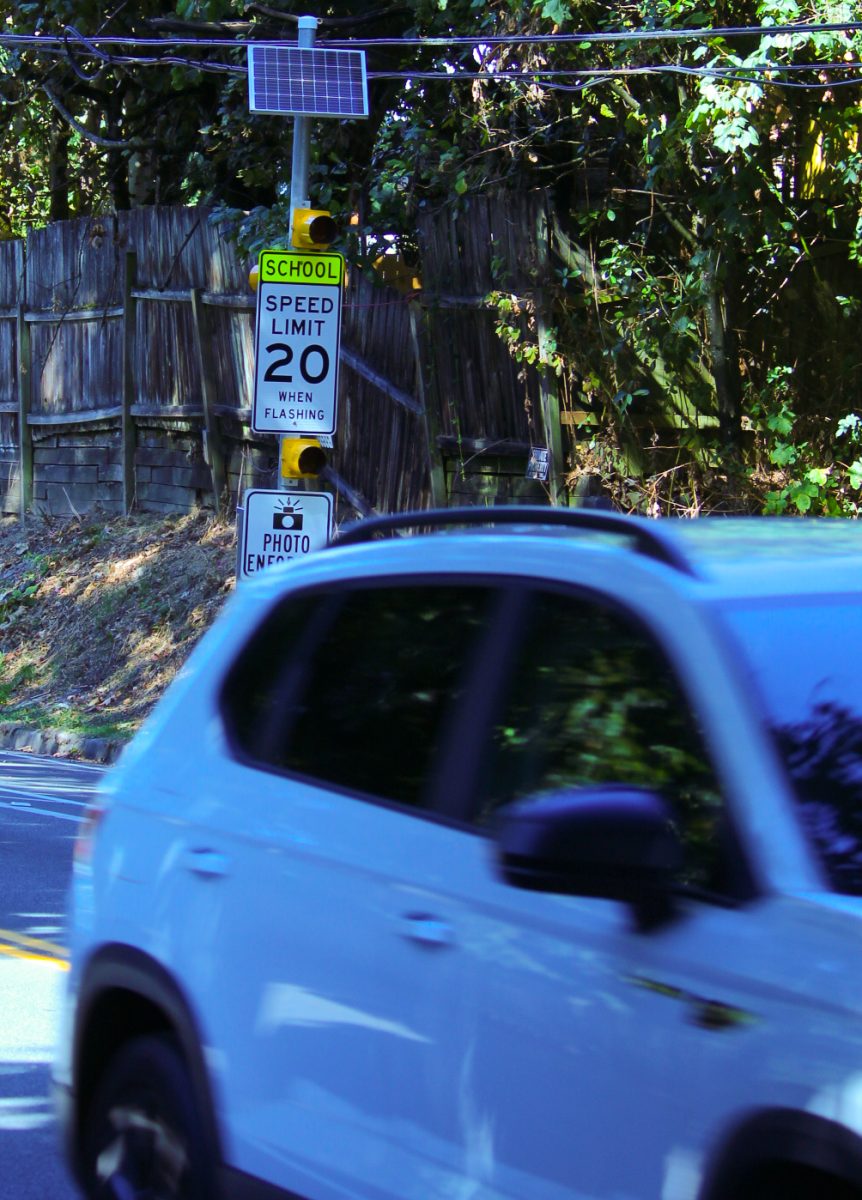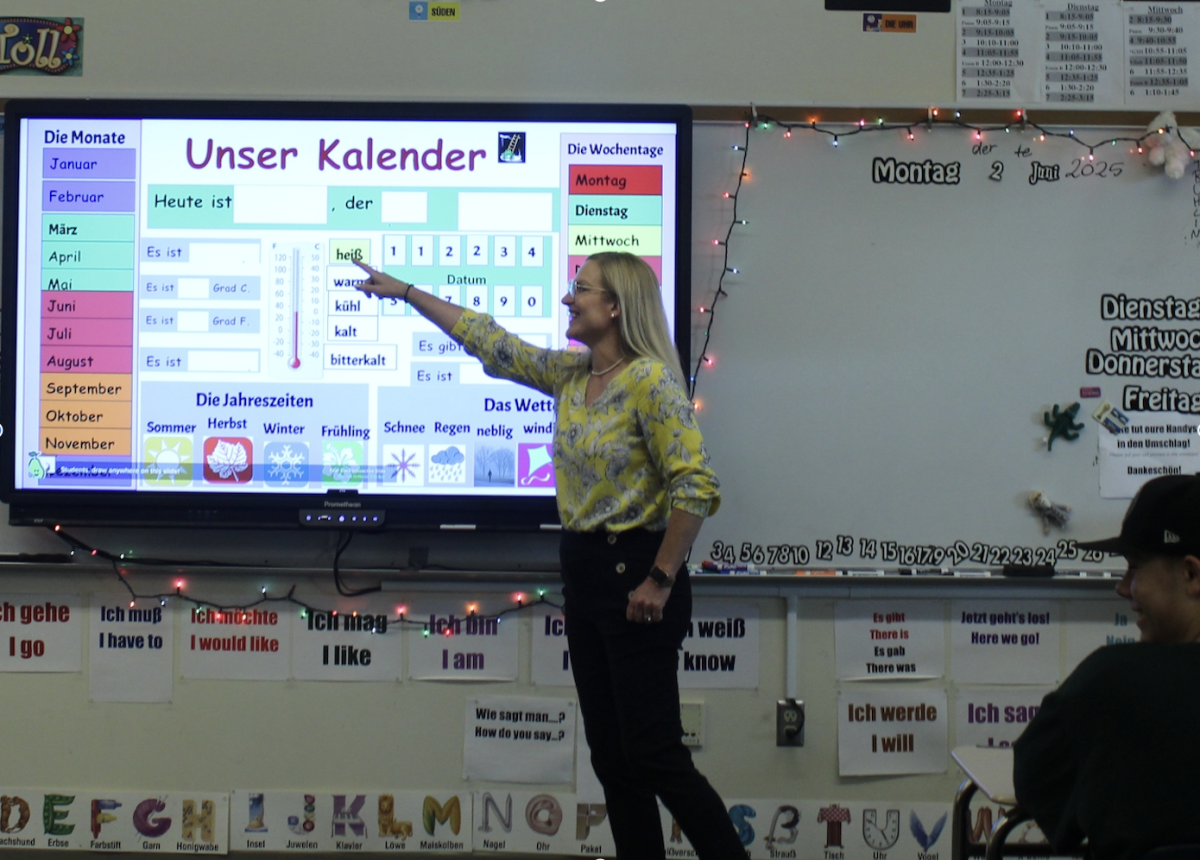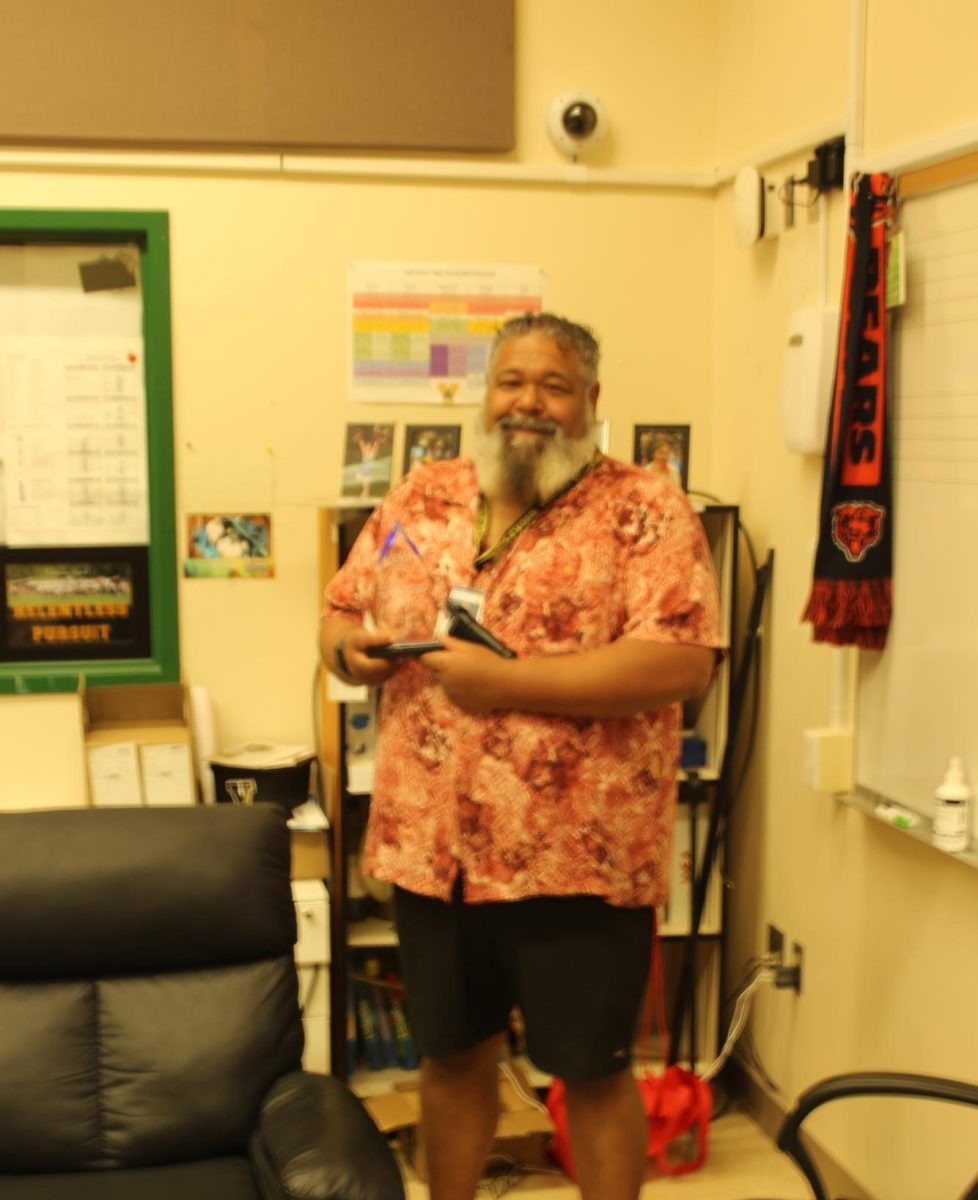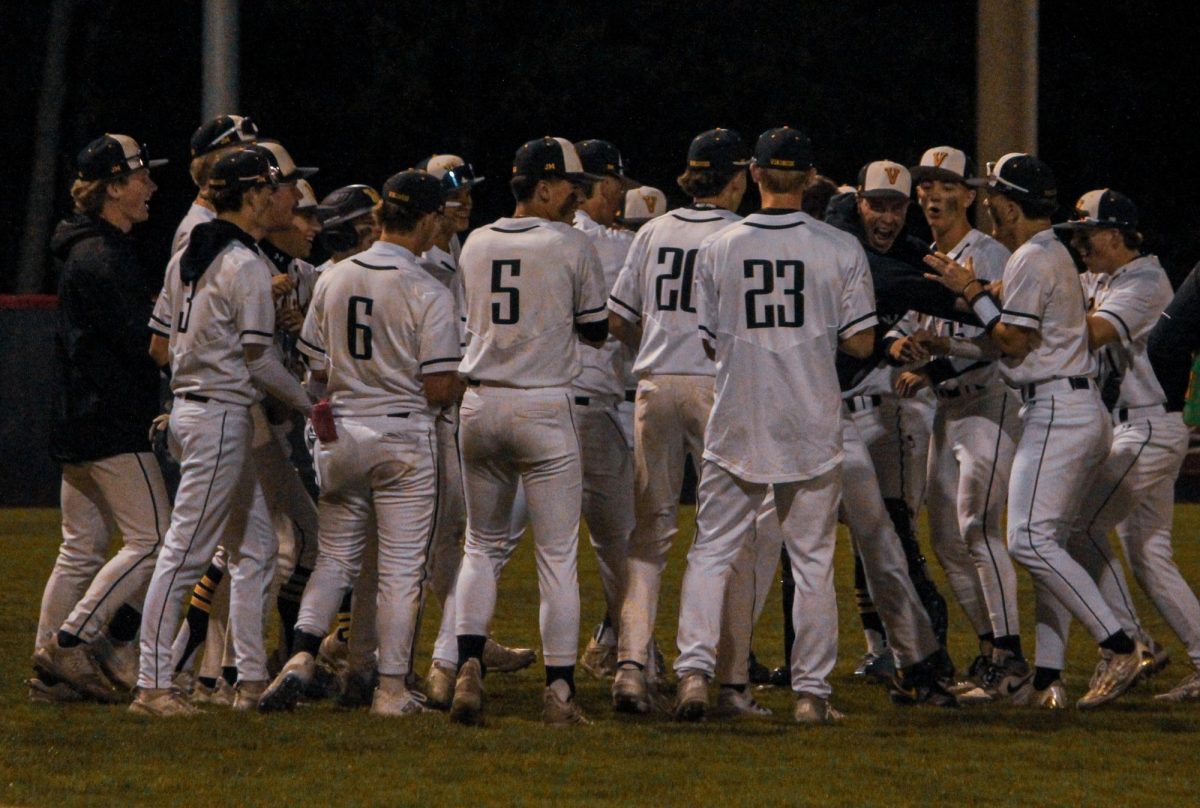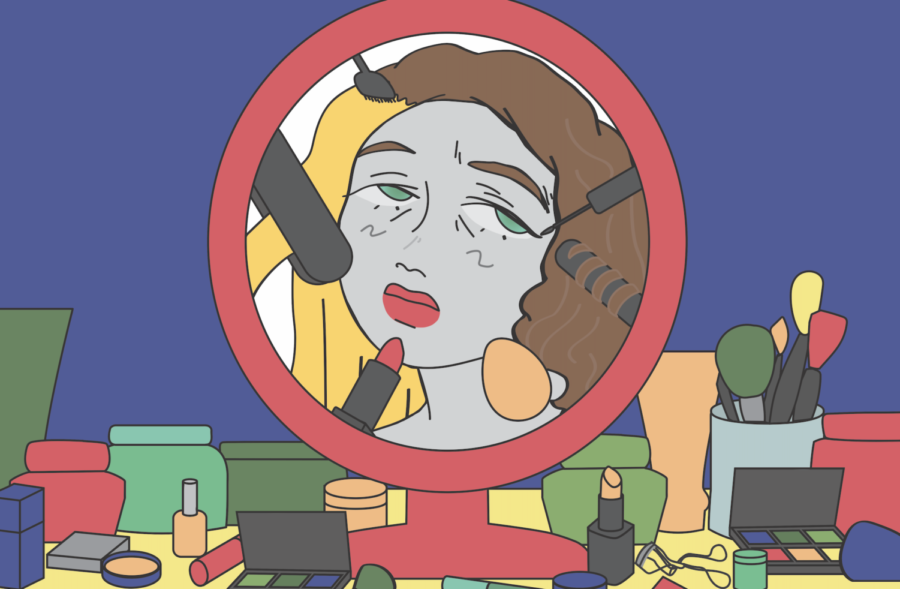Eleven months after the last Washington high-school-sanctioned sport was played, the Washington Interscholastic Activities Association (WIAA) has a potential path to return. On Jan. 7, WIAA staff members met with representatives from the office of Washington Gov. Jay Inslee and the state Department of Health regarding new COVID-19 metrics for reopening the state.
The discussion was based on Inslee’s announcement of his two-phase plan, “Healthy Washington – Roadmap to Recovery.” For a county to progress to Phase 2, the region must meet three of four targets: less than 90% ICU occupancy and test positivity rates less than 10% over a period of 7 days; and a 10% decreasing trend in case rates and hospital admission rates over a period of 14 days. In Phase Two, low, moderate and high-risk sports competitions are allowed with a maximum of 200 people. These modifications to COVID-19 restrictions would allow high school sports to resume their seasons.
The WIAA delayed the start of the winter season by a month, pushing the start date back to Feb. 1 to allow the metrics to be met. Practices for traditional fall sports, like football, can begin in February in counties that have made it to Phase Two. Indoor sports, like basketball, cheer and wrestling, however, do not have a clear start date.
The King County League recently submitted a waiver for seasons and start dates to the WIAA. The King County league received WIAA approval for three condensed seasons: March 1 through April 3, April 5 through May 8 and May 3 through June 12.
Although the seasons have been approved, it is still unclear whether or not they will occur. The seasons are dependent on meeting and maintaining the “Road Map to Recovery” metrics. The league prioritized spring sports by placing the spring season last, allowing increased time for COVID-19 numbers to be controlled, providing a better chance for the season to occur.
Moreover, King County’s season plans differ from that of the WIAA season order and create more requirements for sports to return. In addition to meeting the state metrics, students and coaches must complete mandatory COVID-19 testing. The added requirement of negative COVID-19 tests creates additional barriers to the return of school sports.
While the new phases add more clarity to the status of high school sports, there are many sports that are not currently scheduled to return, including sideline cheer, unified bowling, soccer, waterpolo, lacrosse and rowing.





